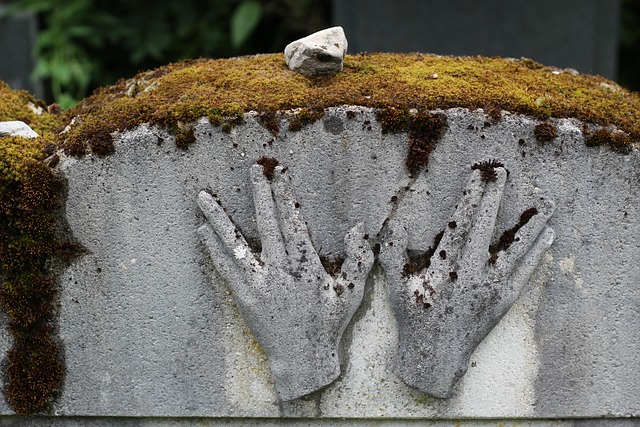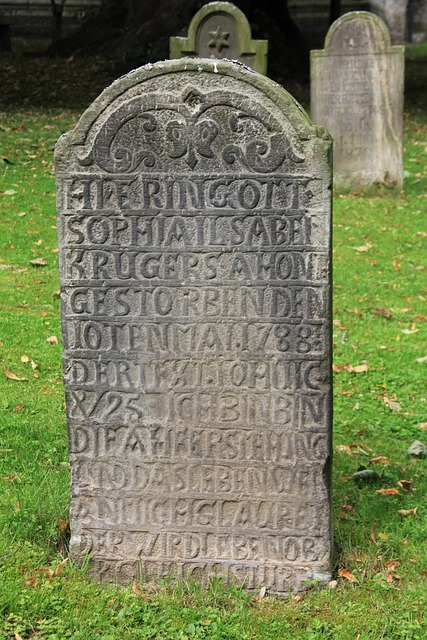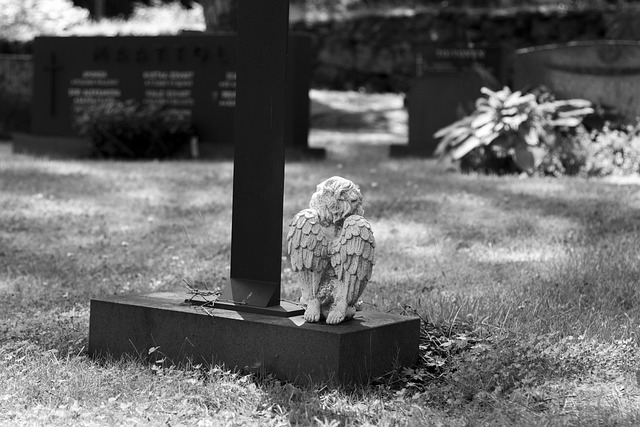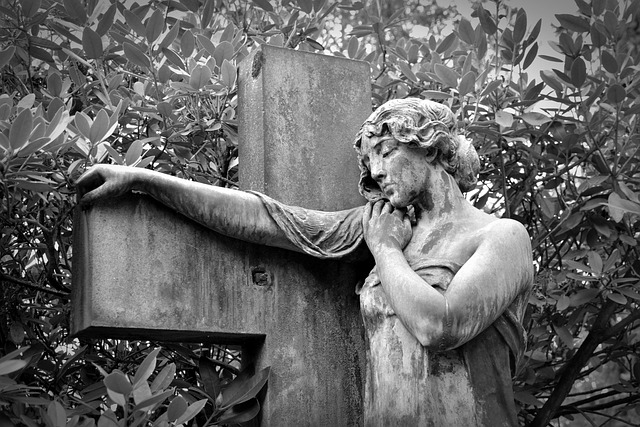The 1880s architectural charm, characterized by intricate wood carvings and ornate ceilings, continues to captivate modern real estate markets, especially in commercial spaces. Real estate professionals recognize the value of restoring these historic sites to enhance customer experiences, attract tourists, and contribute to neighborhood character. To recreate this ambiance, focus on meticulous design details like Victorian or Gothic styles, narrow aisles, cozy seating, antique furnishings, and vintage lighting. Investors passionate about history can find captivating projects in revitalizing historical salons or shops, focusing on locations with architectural heritage, thorough inspections, detailed restoration plans, and period-appropriate interior design.
Step back in time and explore the allure of 1880s saloons and shops, where vintage charm meets real estate potential. This era’s architectural gems offer a unique opportunity for real estate enthusiasts to invest in history. From intricate design elements to original layouts, learning how to locate, restore, and preserve these historical spaces is key to capturing their former glory. Discover the step-by-step guide within, tailored for those seeking to embark on this timeless journey through real estate.
The Vintage Charm of 1880s Saloons and Shops: A Real Estate Perspective

The 1880s is often remembered for its distinctive architectural and cultural allure, and this era’s influence can still be felt in today’s real estate market, particularly when it comes to commercial spaces. Saloons and shops from this period possess an enchanting vintage charm that has become a sought-after attribute for businesses aiming to capture the essence of history. These establishments, with their detailed wood carvings, ornate ceilings, and rustic decor, transport patrons back in time, offering a glimpse into the past.
Real estate professionals recognize the unique value of restoring and preserving these historic sites. Many modern businesses are drawn to the idea of relocating or redesigning their spaces to emulate the aesthetic appeal of 1880s saloons and shops. This trend not only pays homage to the era’s architectural splendor but also creates a captivating ambiance that can enhance customer experiences, attract tourists, and contribute to the overall character of a neighborhood.
Recreating Historical Spaces: Design Elements and Layout Considerations

When aiming to recreate the ambiance of the 1880s in modern saloons and shops, attention to detail is paramount. The design elements and layout choices play a crucial role in transporting patrons back in time. Incorporating historical architecture styles, such as Victorian or Gothic, can instantly evoke the era’s aesthetic. Think ornate woodwork, grand staircases, and high ceilings—all features that were popular during that period.
In terms of real estate, space planning should consider narrow aisles and cozy seating arrangements to mirror the intimate settings of the past. Antique furnishings, vintage lighting fixtures, and decorative accents like oil paintings or brass mirrors further enhance the historical theme. These elements work together to create a sensory experience, allowing customers to step back in time and immerse themselves in the charm of the 1880s.
Locating and Restoring Historical Salons and Shops: A Step-by-Step Guide for Real Estate Enthusiasts

For real estate enthusiasts looking to bring a piece of history to life, restoring historical salons and shops from the 1880s era can be an exciting endeavor. The first step is identifying potential locations. Start by researching areas known for their architectural heritage or exploring local historical societies for information on landmarked buildings. Old downtown districts, Victorian neighborhoods, and former commercial hubs often hold gems from this period. Once a promising property is found, conduct a thorough inspection to assess its structural integrity and identify any necessary repairs.
The restoration process involves several key steps. Begin with a detailed plan, including budget estimates and timelines. Next, address any structural issues while preserving the building’s original character. This might include replacing damaged flooring, repairing walls, or restoring intricate architectural details. When it comes to interior design, aim for authenticity by using period-appropriate furniture, fixtures, and decor. Real estate professionals can also consider partnering with historians or conservation experts to ensure the restoration stays true to the 1880s era while meeting modern standards for safety and functionality.






